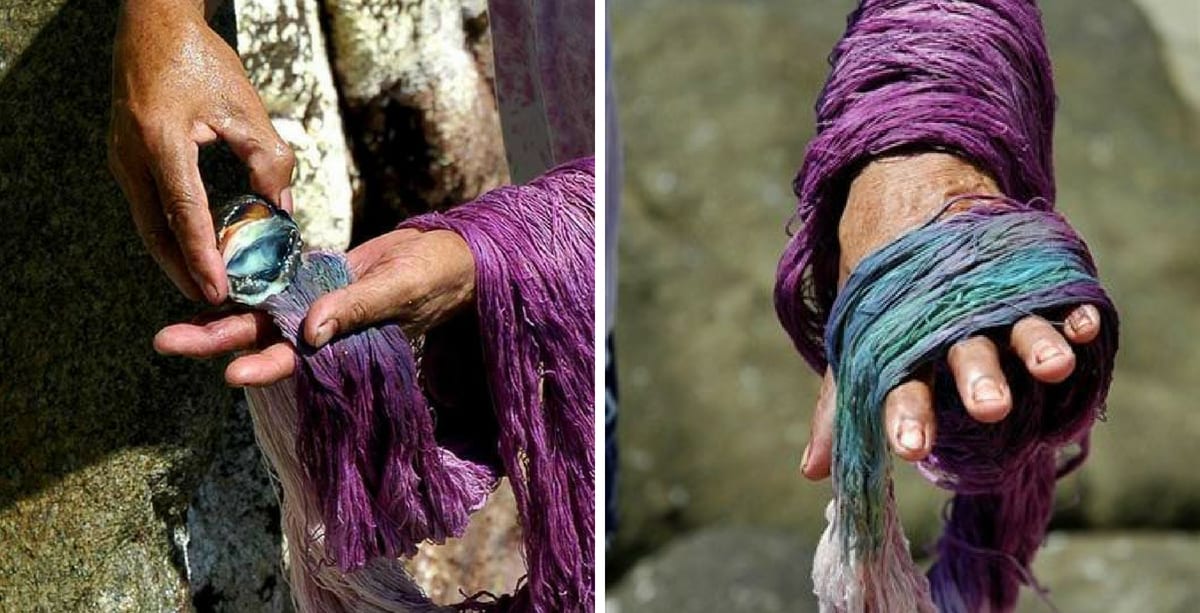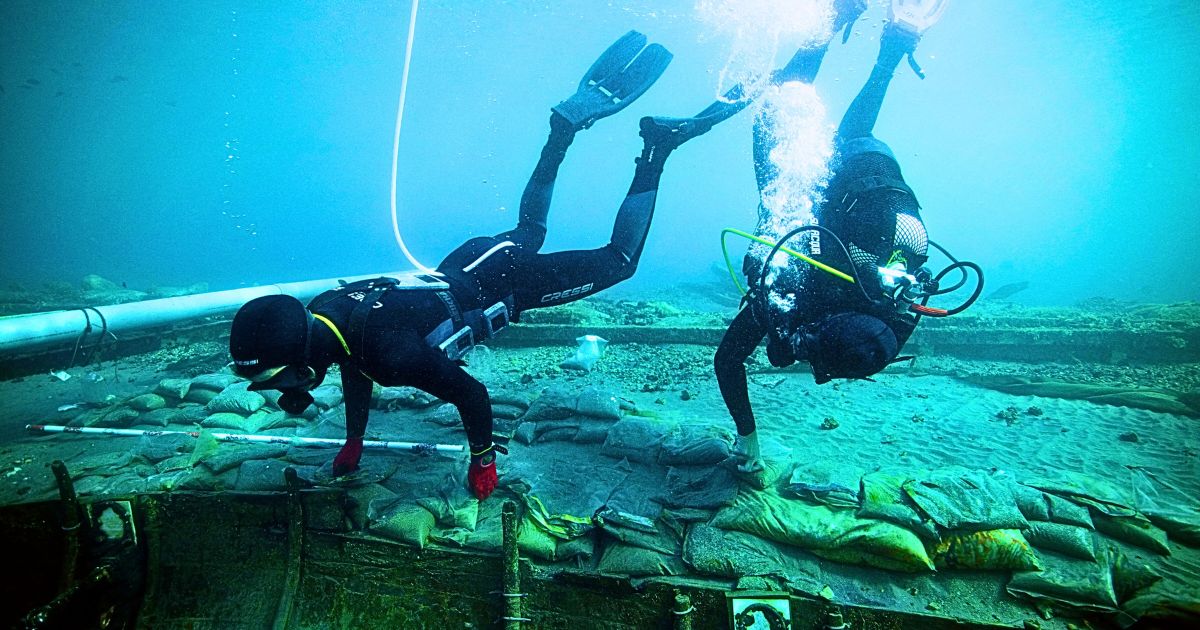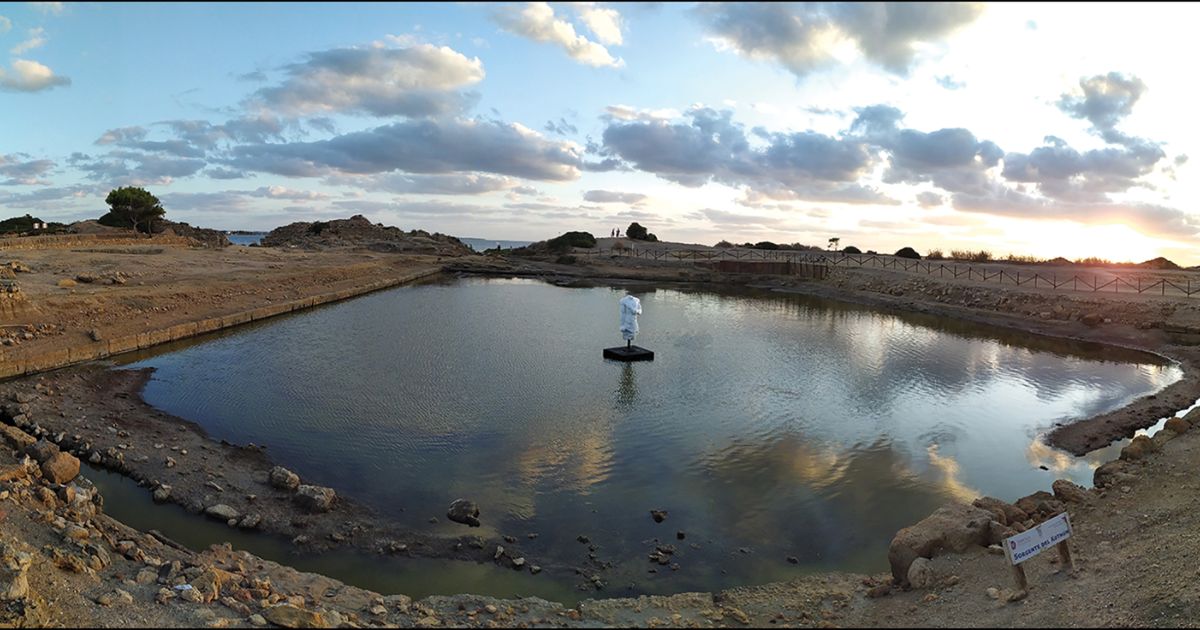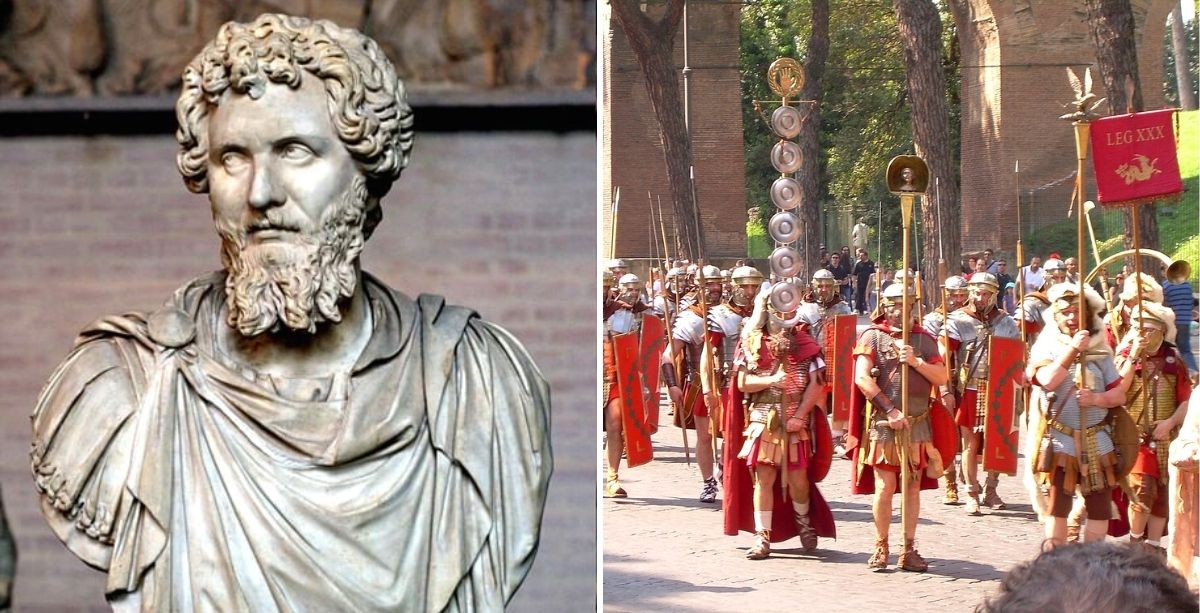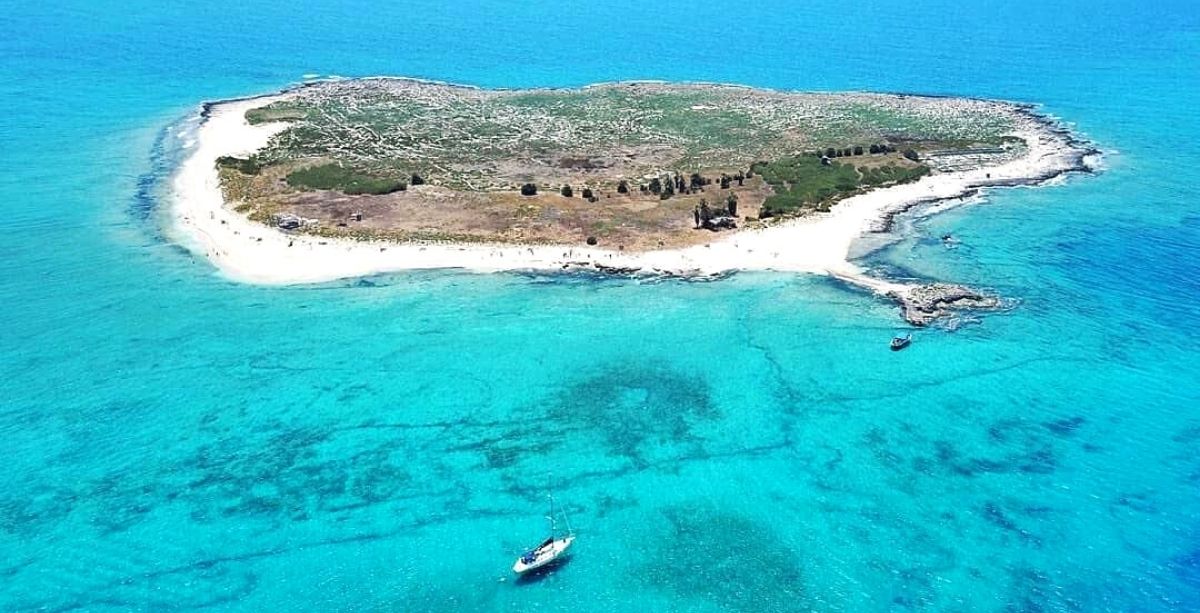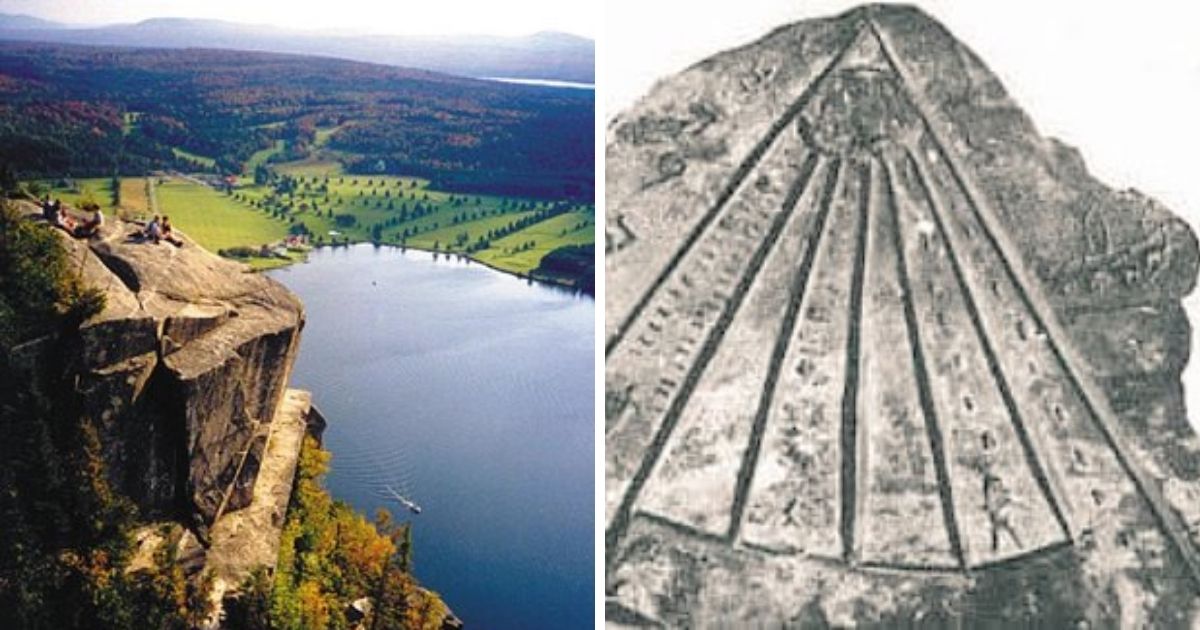Tyre is among the world’s 20 oldest cities. It’s a Phoenician city that dates back to 2,750 B.C. One of its main sites is a hippodrome, which is on UNESCO’s list of World Heritage Sites.
The Phoenicians were famous for trading in the Mediterranean region. They traded in Cedarwood, wine, olives, and purple dye, which is also known as Tyrian purple, among other products.
They discovered the purple color in 1570 BC, opening the doors to a new industry in history and a wealth of new production.
The dye was very expensive and became at a point more worth than gold. Only the very wealthy and royalties could afford to wear clothes of that color. Hence the purple color came to be known as the color of royalties all through the Mediterranean.
According to Mark Cartwright in the World Encyclopedia History, “the Phoenicians gained great fame as sellers of purple and exported its manufacture to its colonies, notably Carthage, from where it spread in popularity and was adopted by the Romans as a symbol of imperial authority and status.”
How was Tyrian purple made?
The dye substance is a mucous secretion from medium-sized predatory sea snails, which are also known as Murex, and are found in the eastern Mediterranean Sea.
These snails secrete this substance when they are attacked by predators or humans. The dye was collected by either “milking” the snails or crushing them. This produced a hideous stench.
A dye that was worth more than gold
According to the historian B. Caseau, “10,000 shellfish would produce 1 gram of dyestuff, and that would only dye the hem of a garment in a deep color.” (Bagnall, 5673).
Historians say the quantity of discarded shells was so great that it would form a hill of up to 40 meters high, such as discovered in Sidon.
Mark Cartwright notes in his article that “vast deposits of the shells have been excavated on the outskirts of Sidon and Tyre and the species was all but driven to extinction along the coasts of Phoenicia.”
The significant quantity required to produce that exceptional Tyrian dye back then, as well as the long process of production, brought the dye to worth more than its weight in gold, according to historians.
Roman emperor Diocletian set the price of a pound of that dye in 301 CE at 150,000 denarii, as recorded in an ancient edict.
The Phoenicians of Tyre also came up with an indigo dye, which is referred to as royal blue as the Romans used it the dye ceremonial robes. The color was exceptional in that it improved over time, unlike other dyes that fade.
The production of Murex purple ended with the sack of Constantinople in 1204 and the emperors and rulers could no longer finance the production of this dye.
Fun Fact: The Purple color was one of the very first to be chemically synthesized, and that was done in 1856 by an 18-year-old student in Chemistry, William Henry Perkin (1838–1907) during his Easter vacation, according to Science History Institute.
